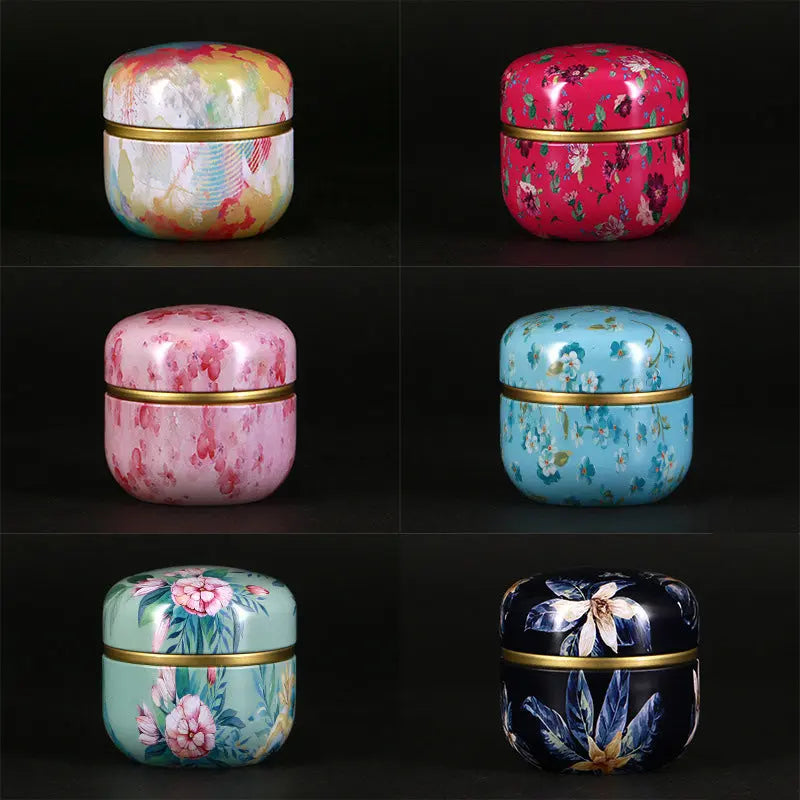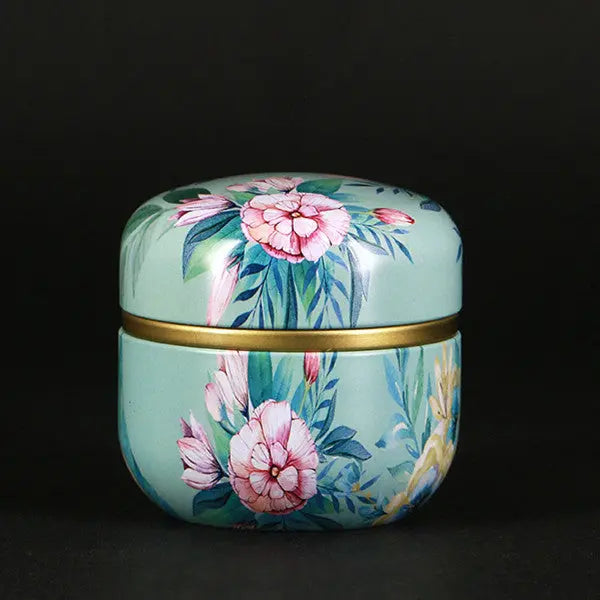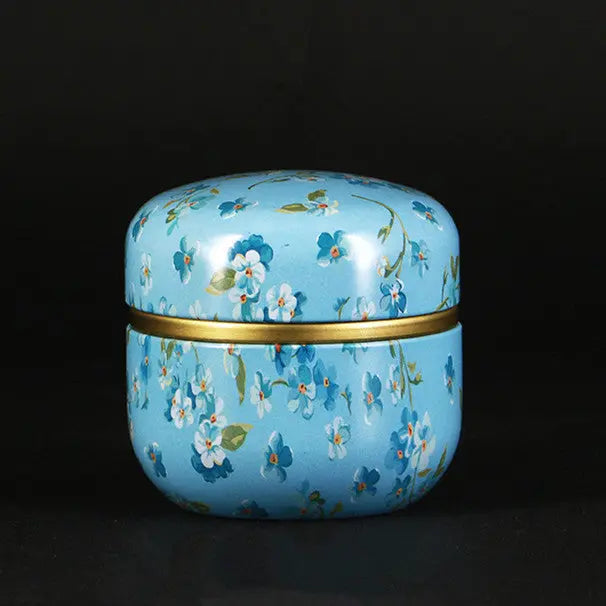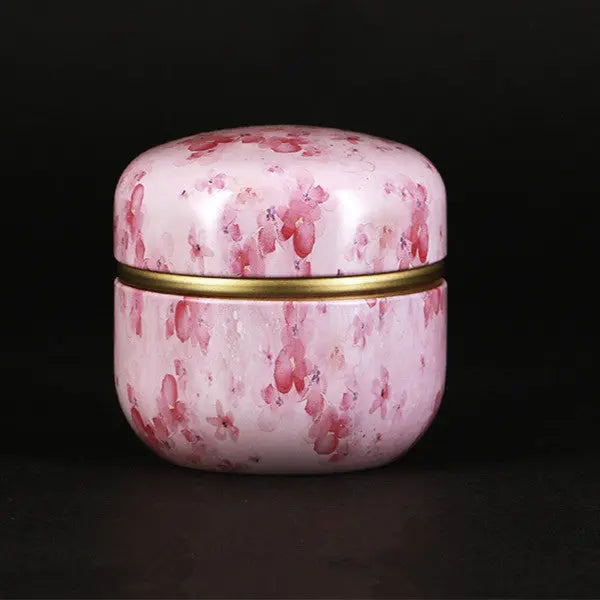Table of Contents
How ashes are produced
When a person dies, the body must be prepared for burial or cremation.
During a cremation, the deceased is placed inside of a large furnace and subjected to high temperatures. The intense heat causes the body to combust, incinerating it until there is nothing left but ashes. The ashes are actually the remains of the skeleton, as other body tissue is fully combusted.
A good video describing the full process can be found here.
What to do with cremation ashes
Ashes from the cremated body are collected in and may be placed in an urn, which remains as a sacred reminder for loved ones left behind.
Others choose to scatter the ashes, and further advice on how that can be done is here.
Others may be mixed with cement or soil to create "living headstones," which serve as memorials for loved ones long after their physical bodies have gone.
Final thoughts on cremation
Though the thought of burning someone's remains may seem harsh or unappealing, we know that this process holds great spiritual significance. When we think about those who have passed on, we remember them not only as physical bodies but also as eternal spirits that are now free to travel through time and space.
Although it might seem different from traditional burial methods, cremation offers a meaningful way for us to pay our final respects and keep our loved ones close in spirit.
Regardless of how the Ashes are ultimately distributed or disposed of, the act of cremation serves as a powerful symbol of both life and death. It enables us to reflect upon our own mortality while also giving us the opportunity to celebrate and honor those who have passed before us.
At its core, then, the act of cremation reminds us that while we will one day meet our end, we must always strive to live our lives fully and make the most out of every moment we are given.




















